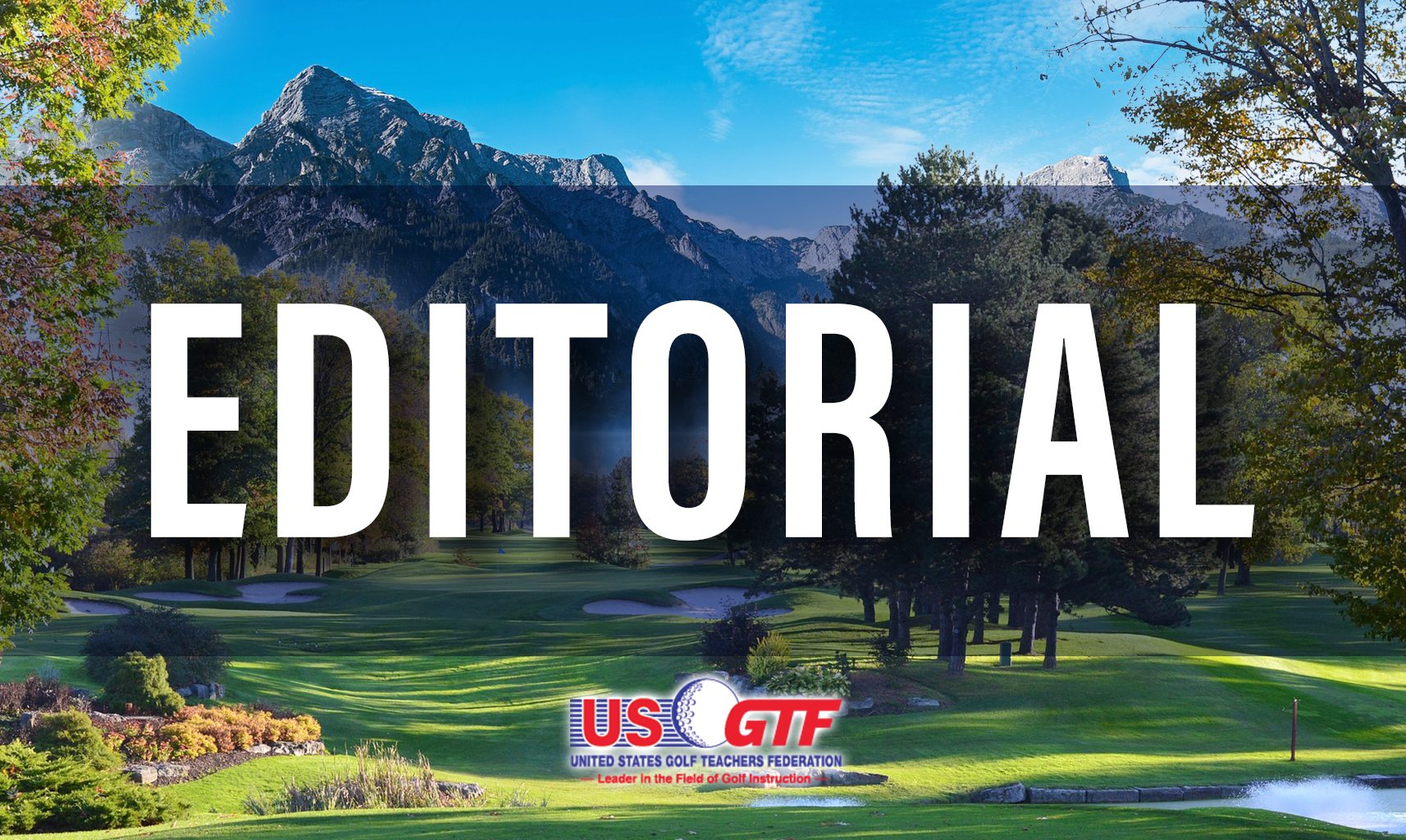By Mark Harman, USGTF Level IV Member
By now, we all know the story of Dustin Johnson’s penalty during the final round of the U.S. Open. Johnson took a couple of practice strokes on the fifth green, set his putter on the ground to the side of the ball, and then lifted the putter and put it behind the ball without grounding it. Nevertheless, the ball moved slightly backwards, and the USGA’s Jeff Hall and Thomas Pagel ruled that Johnson’s actions more likely than not made the ball move, resulting in a penalty under Rule 18-2.
Earlier, the USGA ruled that Romain Wattel, whose ball also moved on another putting green, was absolved of any penalty. The distinction? Wattel’s ball moved approximately six seconds after he grounded his putter, while Johnson’s moved about one second afterwards. Hall and Pagel explained that this was the difference between penalty (Johnson) and no penalty (Wattel). However, the USGA’s reasoning behind the Wattel decision actually reinforces that Johnson also should not have received a penalty. Why? Because if you’re going to acknowledge that a ball on those greens could move on its own at any time, the bar for determining whether a ball was moved by a player’s actions was raised very high – so high, I submit, that unless a player actually caused the ball to move by touching it, there was no way to accurately determine the likelihood of a player making a ball move.
As the USGTF’s tournament director, along with Cole Golden, it is my responsibility to know the Rules, and indeed I attended a USGA Rules seminar several years ago and scored high enough on my test to be accredited as a Rules official by all state golf associations. In addition, I study the Rules, Decisions, and their logic and philosophy, so I feel I am well qualified to offer an opinion on this. Hall and Pagel were simply wrong in their ruling for the reason I outlined earlier. And it’s a reason I’ve not seen mentioned anywhere else.
This ruling, and the USGA’s ineptness in how they handled the entire situation, has been well discussed. I could write a couple dozen paragraphs on this, but due to space constraints, I will limit my remarks to the ruling itself. What’s clear is that the USGA created a situation that didn’t need to be created, and USGA executive director Mike Davis admitted as such. Let’s hope in the future that such scenarios, although extremely interesting, are never repeated.
Copyright © 2023 United States Golf Teachers Federation, All Rights Reserved
200 S. Indian River Drive, Suite #206, Fort Pierce, FL 34950
772-88-USGTF or 772-595-6490 - www.usgtf.com
200 S. Indian River Drive, Suite #206, Fort Pierce, FL 34950
772-88-USGTF or 772-595-6490 - www.usgtf.com

